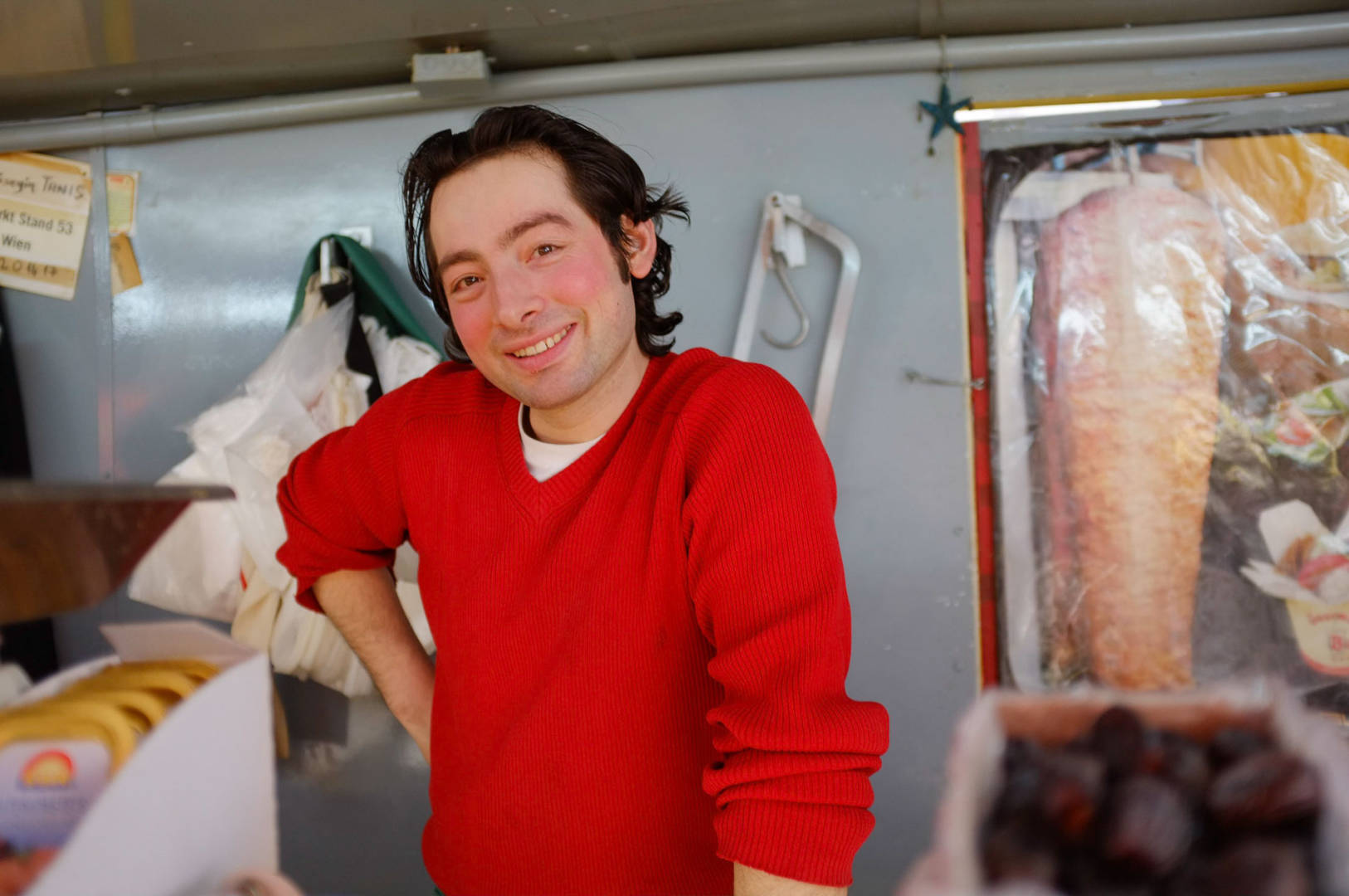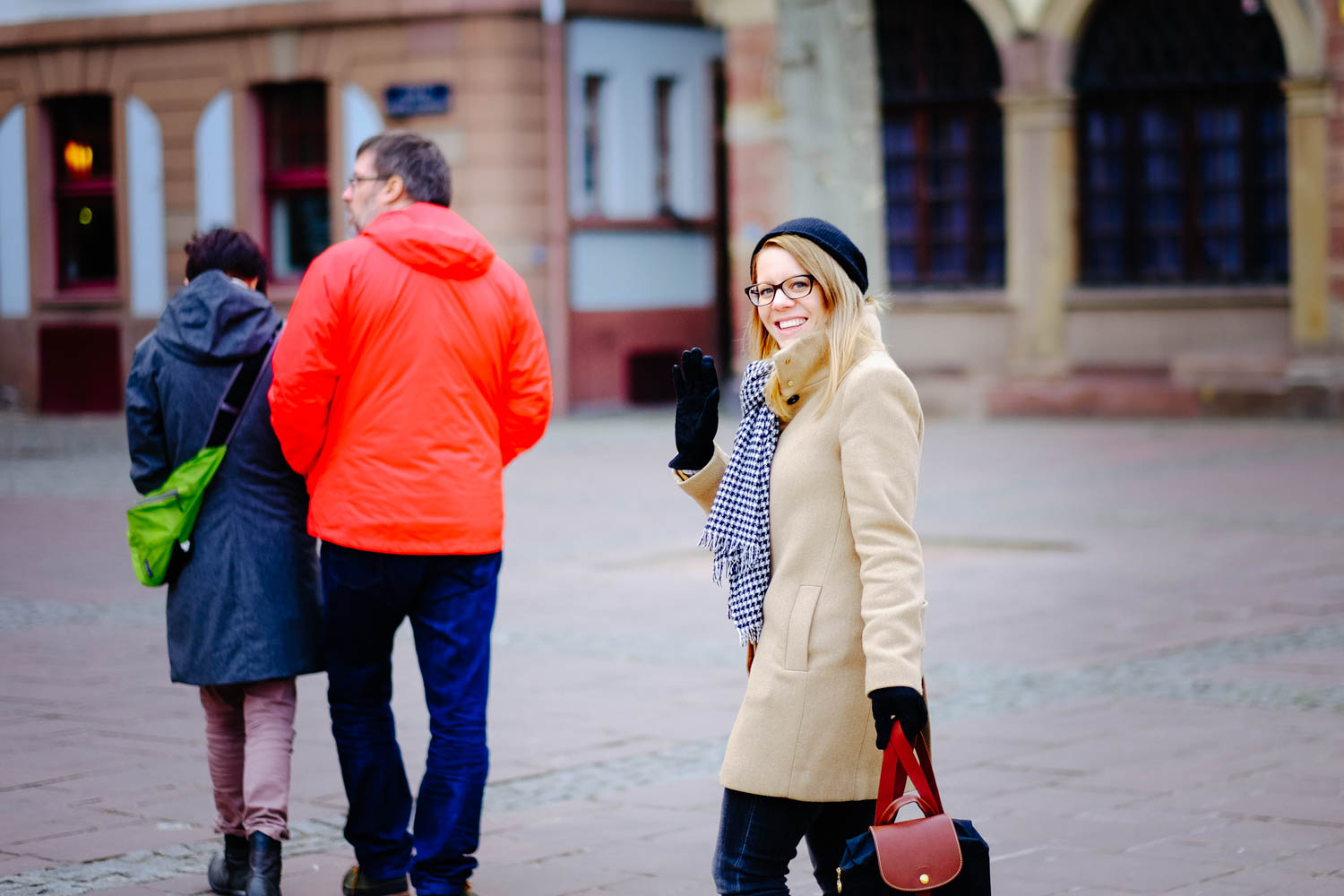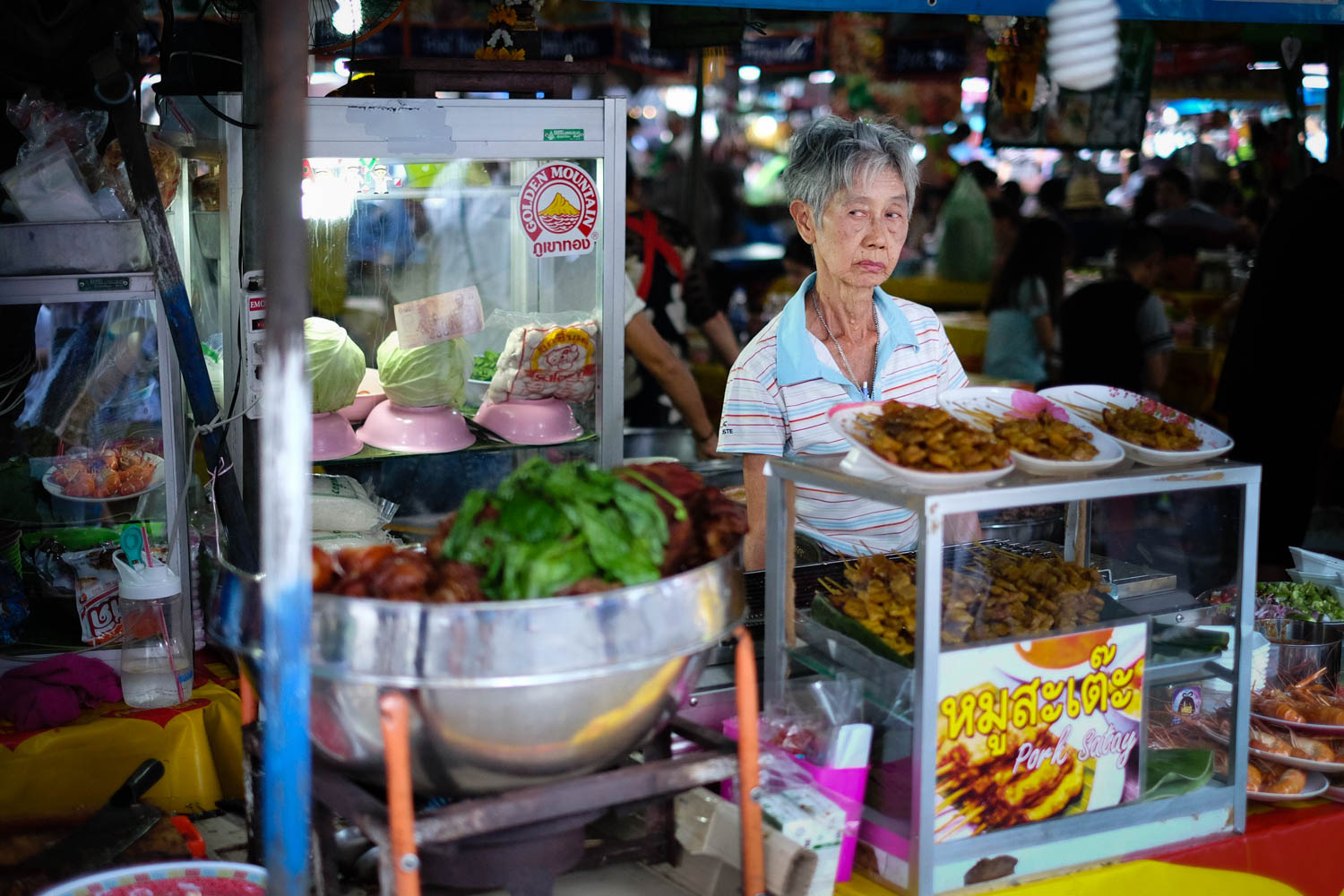Recommending a camera setup
Recently I was asked what camera setup I would recommend to someone, who used to take photos with an analog SLR, but somewhat never made the jump to a DSLR. Furthermore, what would I recommend to this person given the fact that she really enjoyed photography and is still keen doing it but as of now with a rather “not so good” *) compact digital camera.
That got me thinking. Why did I actually switch to Fujifilm? Would I recommend their cameras and lenses (!) to friends and family?
So, here is my path with camera gear so far. I started with an APS-C sensor sized Nikon D300 and an 18-200mm “not-so-good super-zoom” *) lens. In addition to that I had a nifty-fifty, a fast 50mm f/1.4 lens that gave me a focal length equivalent of 75mm, a really nice and tight short tele perspective, great for portraits and street photography. Together with some easy-to-carry camera bags I had a setup that I really enjoyed. I was totally found of photography for the first two years, trying to learn and get better at every aspect of it, taking a lot of pictures, being naïve, even thinking about earning money practicing photography.
In line with that came my pursuit towards having gear that is more “professional”. First, I switched to the “professional” f/2.8 zoom lenses, but it always remained clear to me that full-frame was the way to go. I am a bokeh (blurry backgrounds) nut and I always admired the look and feel of some 85mm or 105mm portrait lenses shot wide open on a full-frame (35mm) camera. So, after saving for quite a while, or better said, after shooting paid gigs (mostly weddings btw.) I had enough money to afford a reasonable full-frame DSLR setup: It has been a Nikon D700, a 24-70mm f/2.8, the 50mm f/1.4 and the 85mm f/1.8.
Now I had the ultimate, “professional”, full-frame setup. I liked it, it was great for taking photos. Not so great for travel, because it was quite obtrusive, heavy (way above 3.5kg) and bothersome to just take with me, especially on occasions where is was quite unclear if I am going to take a picture at all. But for the photography part it was doing a really good job. In the end, it became just a tool, or for the sake of a better comparison, a heavy toolbox, to take with me if I had to deliver something. There was no easiness anymore, it was just about having the right tool to get a certain image quality in the end.
Then came Fujifilm.
After going down this path to an ever bigger and more professional camera setup two things changed: First, I made up my mind and decided that I certainly do not want to work as a professional photographer. Second, I took as few private photos – vacations, weekend trips, some spontaneous moments – as never before. So, I though “why not get an additional camera for this more casual stuff”. I knew of the Fujifilm X100 and its concept of packing an APS-C sized sensor and a really good and fast lens into a relatively compact camera. I bought a used one at the time that its successor – the X100S – hit the market. And I loved it. I mean, I hated it at times: It was slow, the autofocus was not very good, I occasionally failed to focus while using the optical rangefinder, the battery life sucked compared to my DSLRs. But the ease of use, the quietness, the compact and lightweight body, the image quality, the colors of the JPEG files (!): It was amazing! It was fun. And it has been ever since. I suddenly got the image quality I wanted but without having to carry my heavy toolbox and having this intimidatingly large camera between me and my subjects.

So from that time on, I had the “professional” Nikon DSLR setup for photography gigs, e.g. having a photo-shoot with someone, being asked to take photos at an event, and so forth. But everything else – meaning all personal stuff, travel, basically everything – I shot with the Fujifilm X100. And even though I did always look at the interchangeable lens camera offerings of Fujifilm, I did not think about ditching my hard earned full-frame camera for a long time because of the above mentioned, bokehlicious look that I did not want to lose.
But than came the Fujinon 56mm f/1.2. This is a perfect equivalent to the portrait lenses I used on my full-frame camera. And it is the ultimate bokeh delivery machine. It got me thinking that I could have a camera system with half the size and weight than my full-frame setup, allowing me to take pictures with exactly the same look and feel. I could have a whole system with the almost the same experience as my X100. I no longer would be traveling with all my expensive Nikon stuff sitting at home.

I knew that I did not want to have two camera systems. I knew, that I had to decide. I knew, that I had to sell much of my Nikon gear which I was once so proud of owning. But I did it. Because having the Fujifilm X setup made photography easy again. Taking my camera with me meant just grabbing a small, lightweight bag, not a heavy toolbox. Because the Fujifilm cameras and lenses are so good, that I am always happy with the image quality. Because their lenses can be shot wide open – and we are talking up to f/1.2 here – without worrying about a lack of sharpness (how about that, Nikon, Canon, anyone?). Because I do not have to think that I miss out on something in terms of image quality. Because gear only contributes 10% to a picture, but it defines the experience and joy of taking the picture. And more than that: Having a camera setup that I want to bring along with me can make all the difference. I mean, there is a reason why the most popular camera on the world is the iPhone. There are so many more of these “because”, and there are of course some caveats. But for me, starting with the X100 and now having a complete Fujifilm X interchangeable lens setup helped me to fall in love again with practicing photography.
So, in order to answer the questions from above: I highly recommend the Fujifilm X system because it is carrying this potential to make you fall in love with photography and taking photos (again). Not everyone will, but for those who do I cannot think of a better choice.

*) read: shitty
Related Posts
Not A Professional Photographer
March 6, 2016
New York City
August 31, 2016
